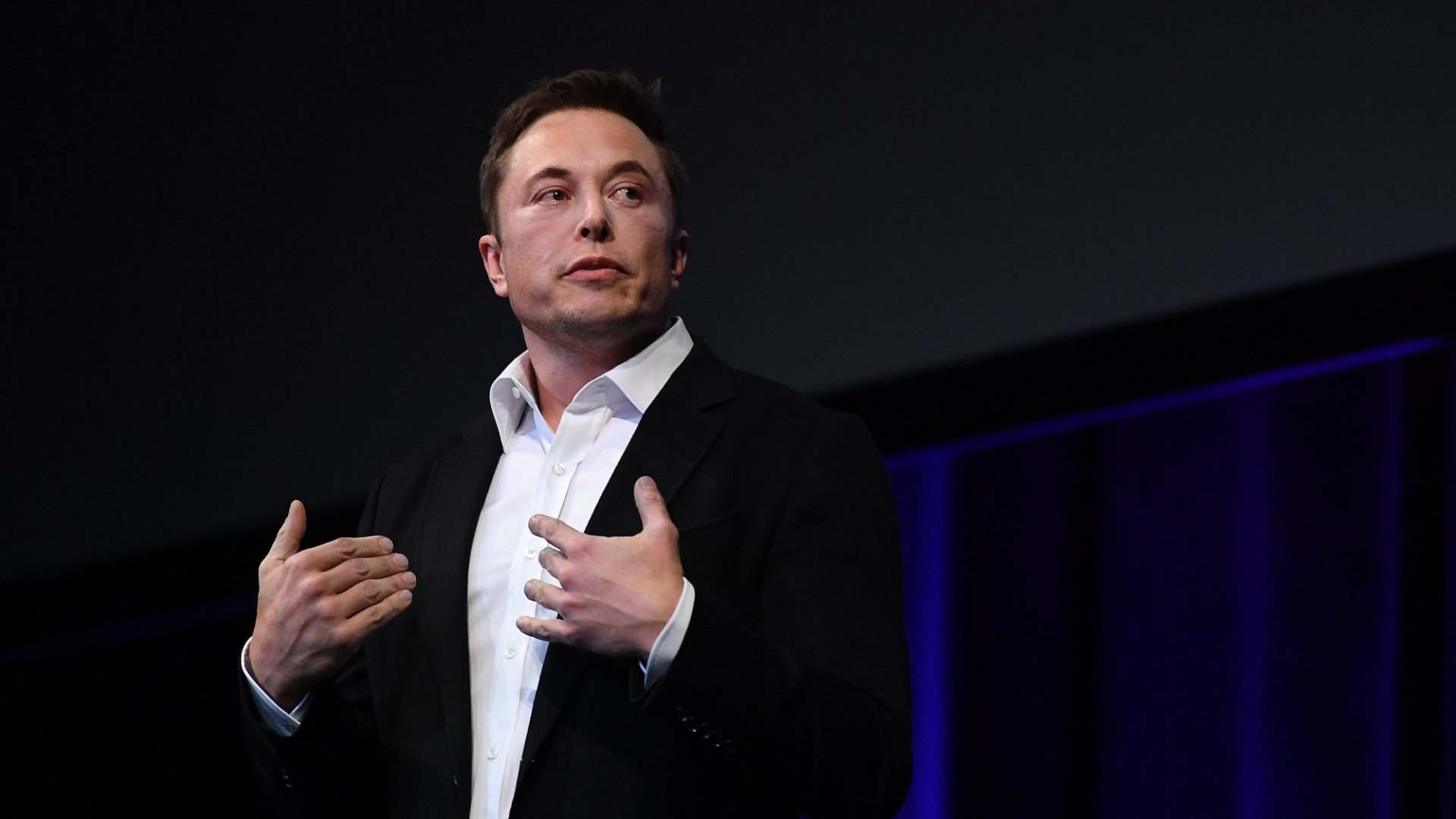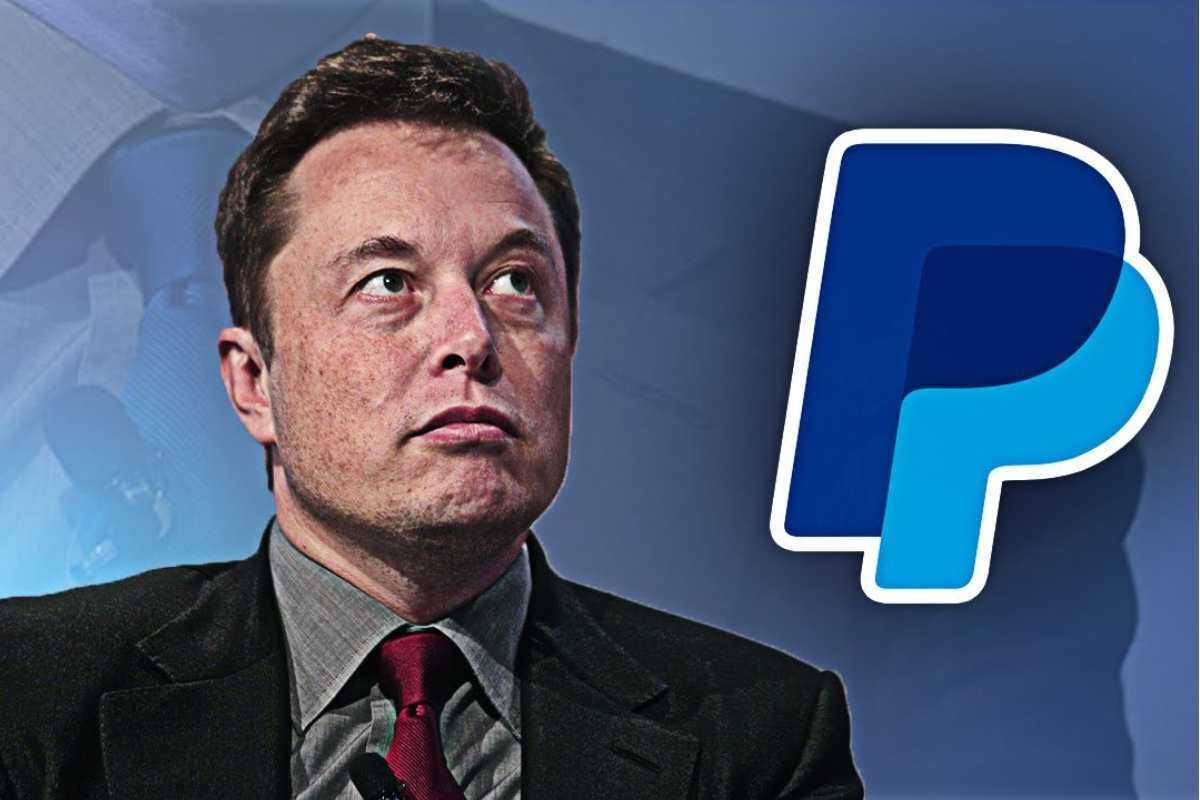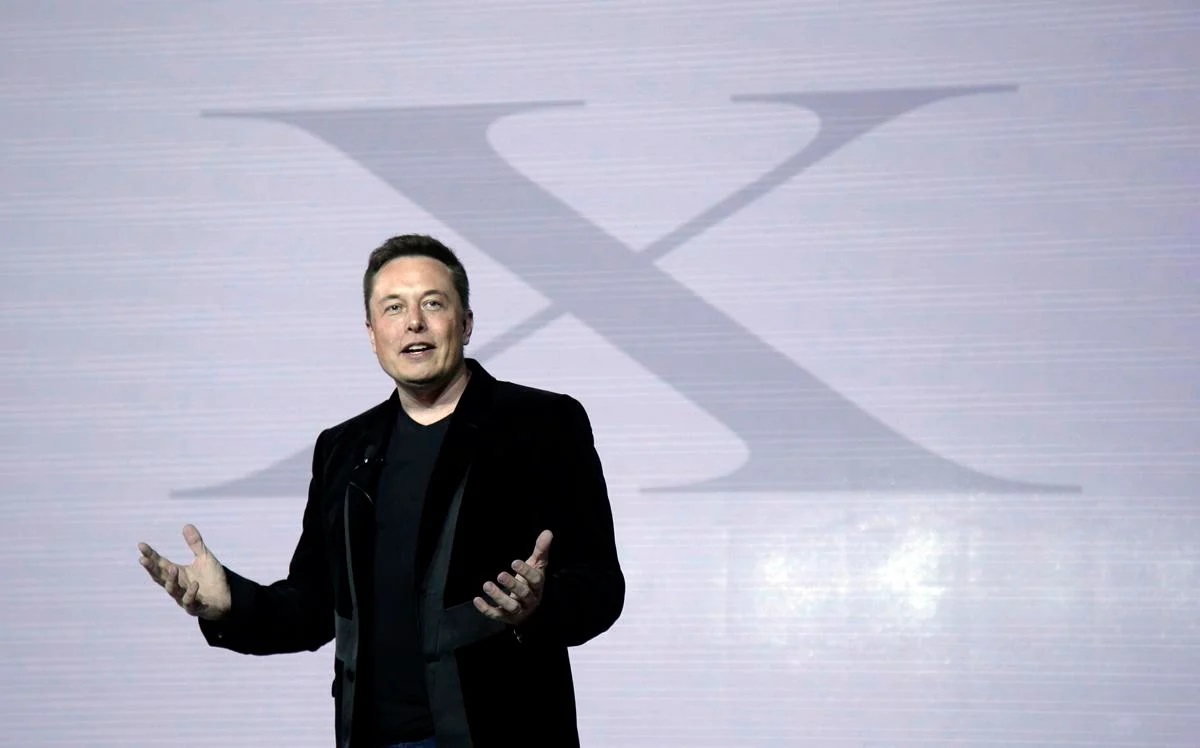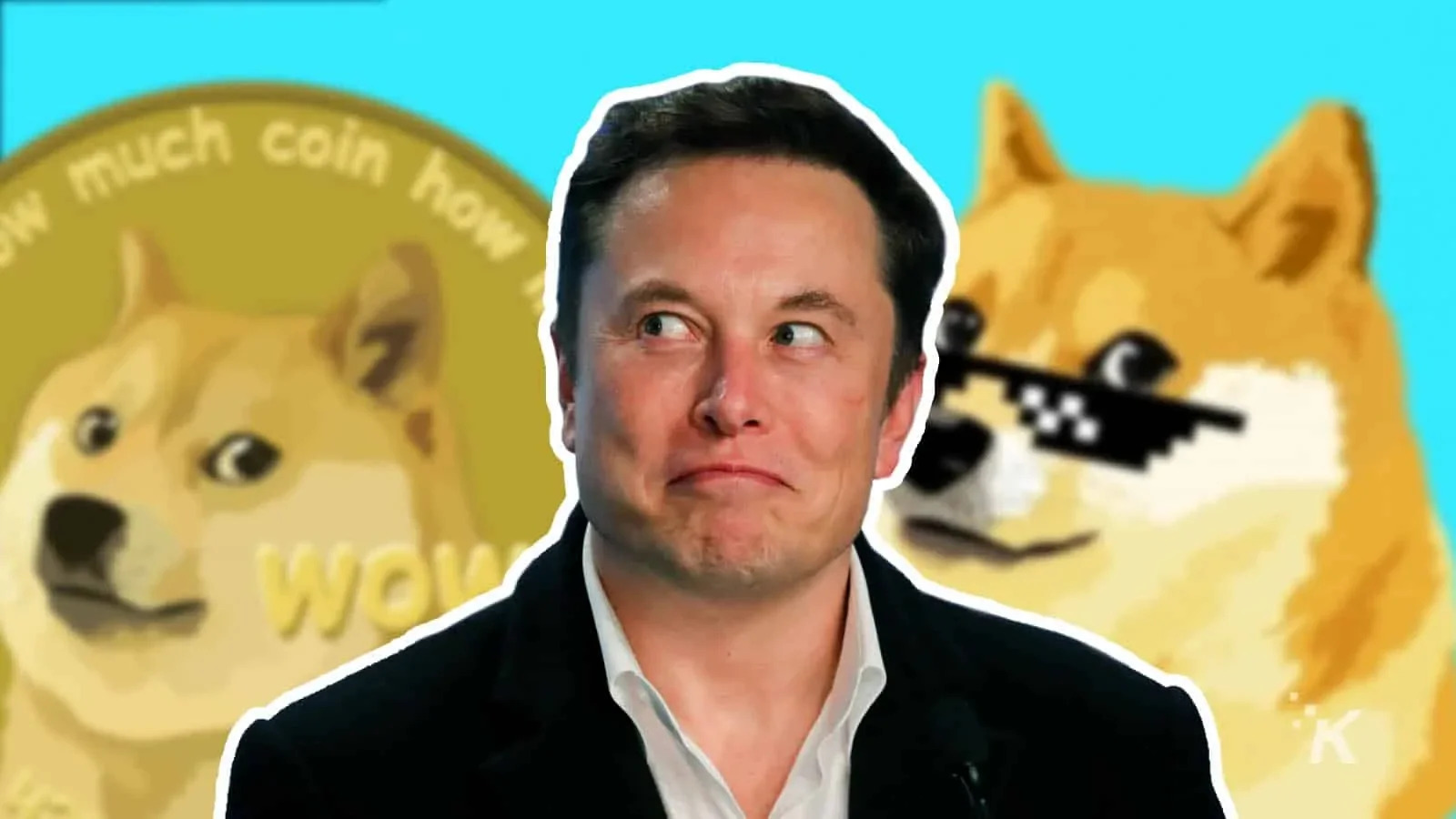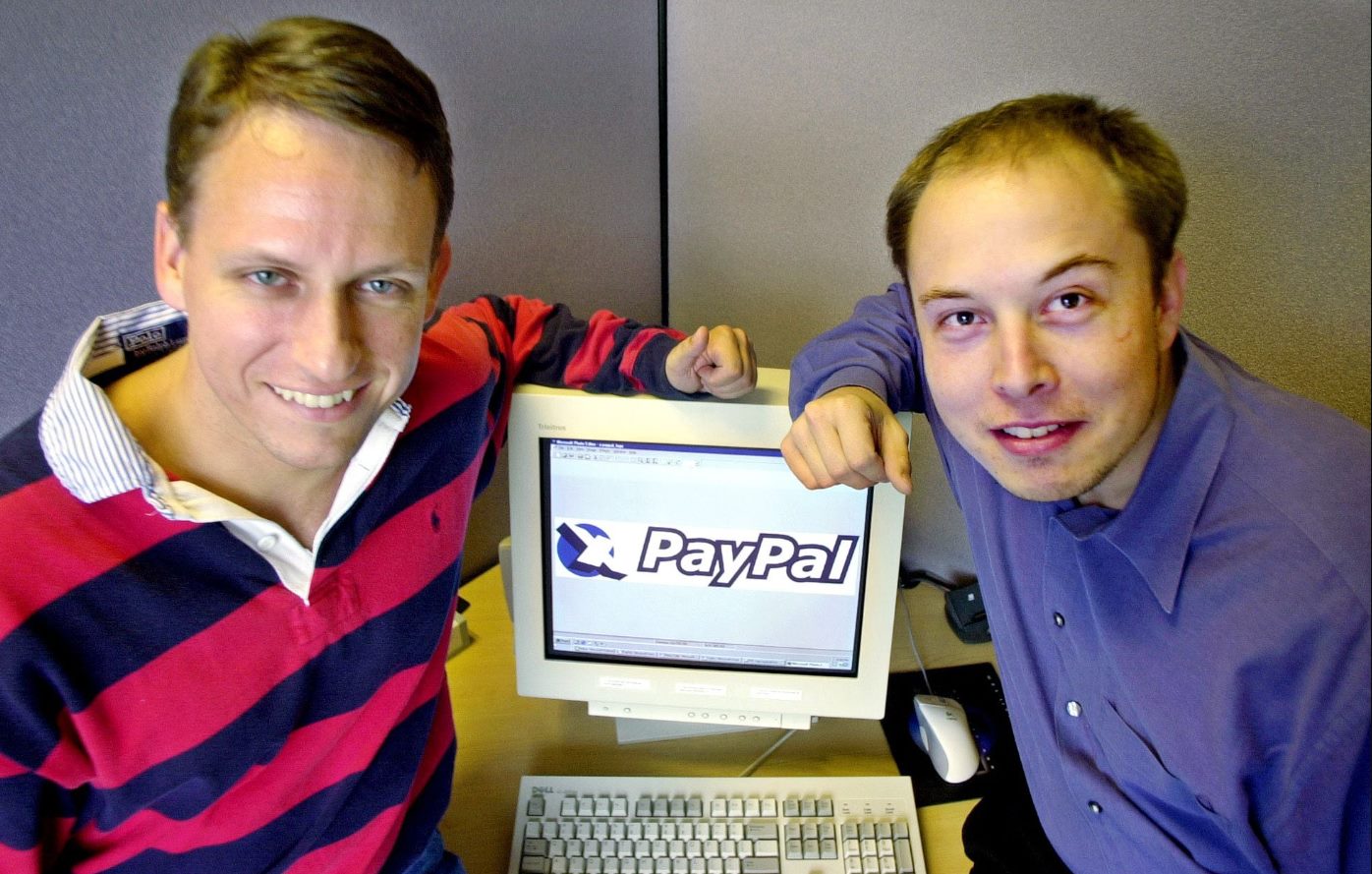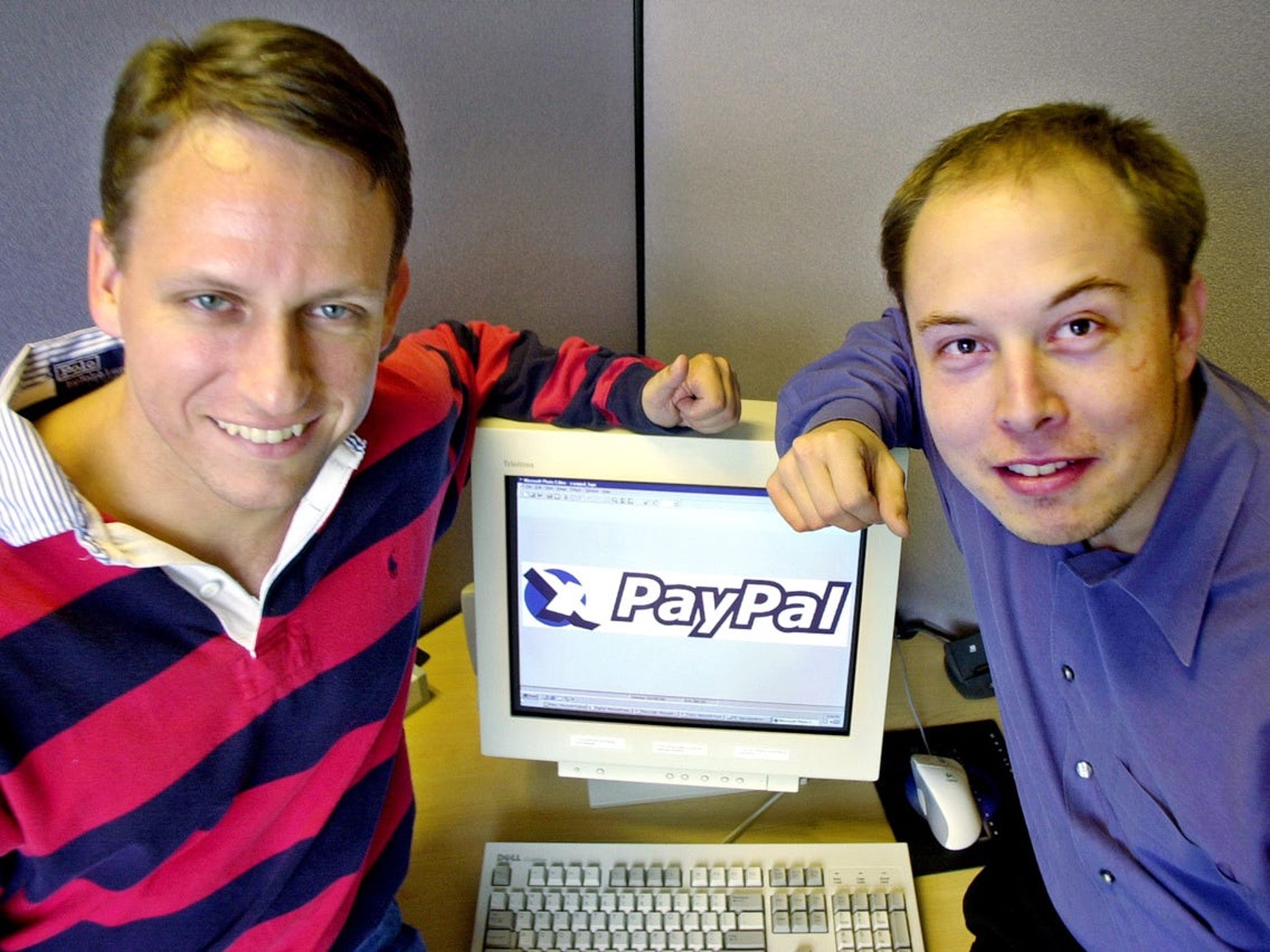When it comes to market size, most venture capitalists rely on the TAM (Total Addressable Market) as an indicator of a company’s potential return on investment. However, this approach may not work for entrepreneurs who are creating whole new markets. Elon Musk, the renowned entrepreneur behind companies like SpaceX and Tesla, has consistently shown his ability to disrupt industries and think big. His success highlights the limitations of traditional market sizing methods.
Key Takeaway
Elon Musk’s ventures demonstrate the limitations of traditional market sizing methods. Thinking beyond the Total Addressable Market (TAM) can unlock new opportunities and disrupt existing industries. The influencer economy continues to evolve, shaping consumer trends with the rise of content creation. VC’s empathy gap highlights the importance of considering underserved populations and the impact of products on society as a whole.
Thinking Beyond Traditional Market Sizing
In 2008, Uber’s pre-seed deck predicted a “best case scenario” of reaching $1 billion in annual revenue. Today, it’s clear that the company far surpassed this estimate. Musk’s ventures, such as SpaceX and Starlink, have similarly exceeded initial market size expectations. Rather than defining their TAM based on existing industry earnings, these companies have unlocked a new generation of startups by making space exploration and satellite launching more affordable.
With this in mind, it’s interesting to consider Musk’s involvement with Twitter/X. While it may appear puzzling at first, comparing it to his previous ventures sheds some light on his intentions. Musk’s first major success, PayPal, may have been financially successful, but it fell short of its original goal to revolutionize the banking system. Now, with X, Musk seems to be taking another shot at transforming international banking.
The Influencer Economy’s Evolution
While market sizing is crucial for traditional industries, other sectors like the influencer economy defy conventional approaches. The term “influencer” may elicit mixed reactions, but it’s undeniable that content creators play a significant role in this evolving economy. As the industry evolves, challenges and changes arise, such as the recent crack down on explicit content by a platform widely speculated to be Twitter/X.
Additionally, Ray-Ban’s Meta sunglasses are a clear example of a product targeted towards influencers. The interplay between technology and fashion highlights the influence of this growing sector in shaping consumer trends.
VCs and the Empathy Gap
A common issue faced by founders is the difficulty in getting their products noticed and understood by venture capitalists who may not be directly affected by the problems these products aim to solve. Solutions directed at underserved populations, such as international remittances for migrant workers or savings options for gig workers, often go unnoticed by those at the top of the financial food chain.
An article questioning when venture capitalists like Marc Andreessen last spoke to someone facing financial struggles highlights the need for empathy in the industry. Founders have the power to build a future that addresses these overlooked challenges, ultimately benefiting society as a whole.







